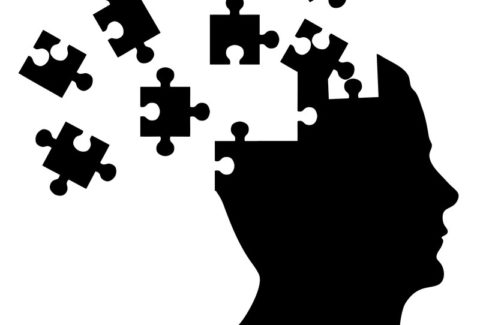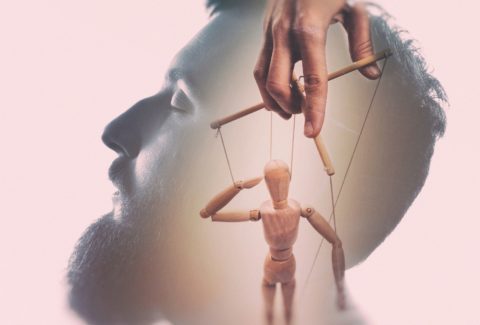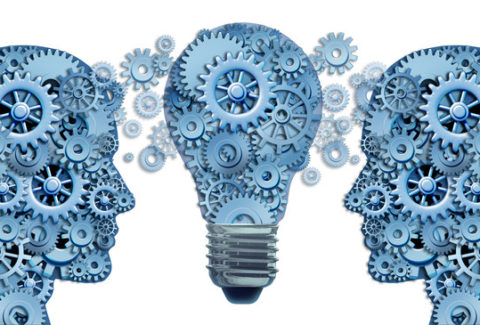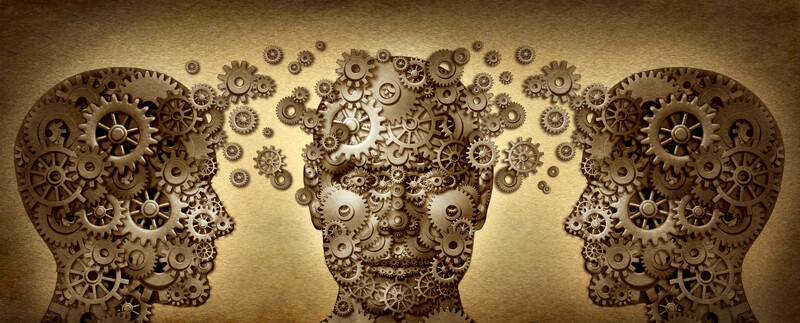The Making Up of Self-Image, and Self-Concept
If it’s not made up then it cannot be threatened. To fully understand this, we first need to agree upon what is not made up. And, to reach this agreement, we ought to say that what we are referring to is the difference between what is made up and what is not. That which is made up is unique to each person and tends to vary from one person to the next. That which is not made up is universal, it’s constant, and it does not change. As a result, it cannot be threatened.
What’s an example of something that is made up?
Our Self-Image is such an example
First, let us define it: Self-image is the mental picture, generally, that is resistant to change in perception, that depicts items that have been learned by individuals about themselves, either from personal experiences or by internalizing the judgments of others. [1]
Now, from this definition, it may be obvious to many how and why self-image is actually made up. Let’s explore this further.
Our self-image is a “mental picture.” A “mental picture,” is defined as, “An experience resembling the experience of visually perceiving some object, event, or scene, yet occurs when the relevant object, event, or scene is not actually present to the senses. This sometimes produces the same effects as would be produced by the behavior or experience imagined.”[2,3]
Once again, the first clause of the concept, “Self-image,” explains why it is made up. It is a “mental picture” where we perceive something but it is not really present. As it is also stated in this clause of the definition of “self-image,” it is resistant to change in perception, and this helps explain why despite our self-image being made up, we are ready to defend it, fight for it, and do whatever it takes to protect it, including dying for it. For in our mind, the threatening of our “self-image,” in and of itself means and implies death.[4] Now, the question is, how did we get here? Well, our self-image comprises of components that we have been learning, either through Classical Conditioning [5], Operant Conditioning [6], or Social Modeling [7]. In turn, this whole process uses our personal experiences, including what we have heard from others about ourselves, and we then internalize them. Needless to say, our self-image is intrinsic to our beliefs, values, and thoughts, all of which can and do change, can be and do get threatened, and therefore are made up.
Now, “self-image,” while made up, makes up one of the components of our “self-concept.” “Self-concept” answers the question, “Who are we?” which is by far the number one and most important question that any one of us will ever answer. Yet and once again, it is closely linked with another made up concept, and this clearly implies that the closer the items of one’s self-image to that which is made up, the less likely one is able to answer the question, “Who am I?” [8] accurately. This also means the concept of “self-image” warrants a fuller understanding, particularly if we are to help our patients and clients in their process of answering for themselves, their self-concept question. As such, let us look deeper into this concept of self-image:
From a typological perspective, the mechanism of one’s self-image can be represented as follows:
- Our perception about ourselves
- Others’ perception about us
- Our perception about others’ perception about us
- Our perception about how others perceive themselves
If self-image is made up, then what would be the counterpart of “self-image,” the answer is NOTHING. Outside of that which is made up, there is no such thing as a self-image, and there can be no image unless we are referring to that which is made up. Image is defined as “An artifact that depicts visual perception, that resembles a subject, usually a physical object, of which it provides a depiction.”[9] In other words, an image simply attempts to provide a representation of something. It is not the object itself. Outside of that which is made up, there is no representation, there is no artifact and there is no perception. article continues after advertisement
Now, with the basic knowledge of the made up nature of the concept of “self-image” and its close association with “self-concept,” we are presented with a dilemma. The foundation of a “Self-concept” is not made up. In other words, we are, he is, I am, they are. Yet, while the foundation of the concept, itself of “self-concept” is not made up, its content may be or not be made up. In other words, it all depends on the predominant thought system one is operating from. For example, someone with a self-image that is based on shame, guilt or apathy, is someone who’s predominantly operating from a level of thinking that is made up; therefore the content of their self-concept is made up. We are now ready to proceed with the description of the self-concept of someone who is predominantly operating from let’s say, courage, neutrality, or the ability to forgive. This requires us to take a slight step back.
“Self-concept is a collection of beliefs about oneself, and embodies the answer to “Who am I?” Here, the key word is “beliefs.” If our beliefs are based on lower levels of conscious thinking (shame, guilt, etc.) then the content of our self-concept will be based on that which is made up. Conversely, if our beliefs are based on a higher level of conscious thinking (courage, neutrality, or the ability to forgive), then we are likely to present with a content of a self-concept that is also at a higher level of conscious thinking (empowerment, fulfillment, etc.). As such, the next natural step seems to be for us to look at the types of beliefs that are based on a higher level of conscious thinking, which would then inform the content of a self-concept that is congruent with it. The following list is an example of beliefs that are based on a higher level of conscious thinking:
- Part of a Whole
- Completion
- Root-Outcome
- Consciousness
- Inside-Out
- Shared Role
- Innate Principle
Are you willing to take a look at what each of these higher levels of conscious thinking beliefs means to you? Where might you be with each one of them?
An easy way to determine that which is not made up is to define that which is made up. We have seen how self-image is made up, both in concept and content. We have also seen how self-concept can be either made up or not, depending on its content. What would you say is the content of your self-concept? Would you mind sharing with us?
References
[1] Rogers, T. B.; Kuiper, N. A.; Kirker, W. S. (1977). “Self-Reference and the Encoding of Personal Information”. Journal of Personality and Social Psychology. 35 (9): 677–688. doi:10.1037/0022-3514.35.9.677. PMID 909043.
[2] Bailey 2nd, Joseph A. “Self-image, self-concept, and self-identity revisited.” Journal of the National Medical Association 95.5 (2003): 383.
[3] “Mental Image.” Wikipedia, Wikimedia Foundation, 22 May 2021, en.wikipedia.org/wiki/Mental_image.
[4] Dor-Ziderman, Yair, Antoine Lutz, and Abraham Goldstein. “Prediction-based neural mechanisms for shielding the self from existential threat.” NeuroImage 202 (2019): 116080.
[5] Gormezano, Isidore, and J. W. Moore. “Classical conditioning.” Experimental methods and instrumentation in psychology 1 (1966): 385-420.
[6] Staddon, John ER, and Daniel T. Cerutti. “Operant conditioning.” Annual review of psychology 54.1 (2003): 115-144.
[7] Meltzoff, Andrew N. “Foundations for developing a concept of self: The role of imitation in relating self to other and the value of social mirroring, social modeling, and self practice in infancy.” (1990).
[8] Tatum, Beverly Daniel. “The complexity of identity:“Who am I?”.” Readings for diversity and social justice 2 (2000): 5-8.
[9] Chakravorty, Pragnan (September 2018). “What is a Signal? [Lecture Notes]”. IEEE Signal Processing Magazine. 35 (5): 175–77. doi:10.1109/MSP.2018.2832195. S2CID 52164353.









